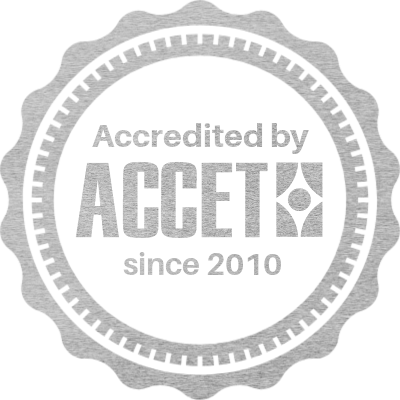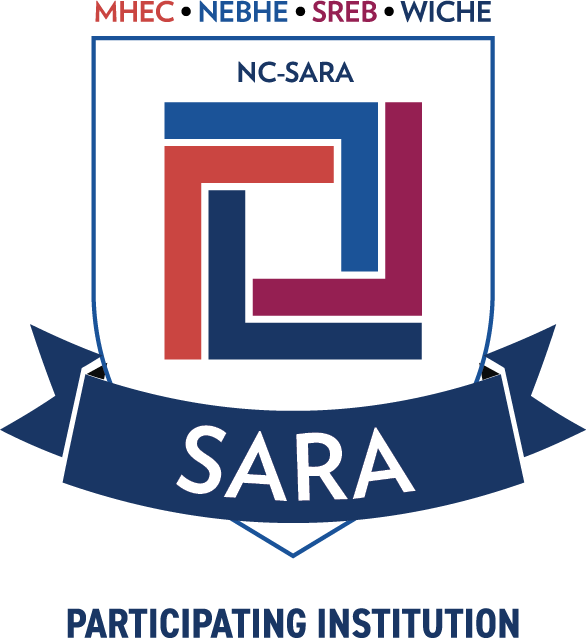The transition from the classroom to a clinical setting marks an exciting and challenging phase for aspiring healthcare professionals. This journey involves a significant shift in responsibilities and experiences. Here’s a guide to help you navigate this transition successfully.
The journey doesn’t end with graduation; it’s just beginning. Healthcare constantly evolves with new research, technologies, and practices. Adopt a mindset of lifelong learning:
- Continuing Education: Engage in continuing education to keep your knowledge and skills current.
- Professional Development: Attend workshops, conferences, and seminars to stay informed about the latest advancements.
- Mentorship: Seek mentors who can offer guidance and support based on their experiences.
Develop Practical Skills
While your classroom education provides a solid foundation, transitioning to a clinical setting requires practical skills development:
- Clinical Rotations: Actively participate in clinical rotations, applying theoretical knowledge to real-world situations.
- Hands-On Experience: Practice skills under supervision, including patient histories, procedures, and using medical equipment.
- Simulation Training: Engage in simulation training to hone your skills in a controlled environment.
Adapt to a New Environment
The clinical environment is different from the classroom in many ways. Adapting to this new setting is crucial:
- Team Collaboration: Healthcare is a team effort. Learn to collaborate effectively with other professionals.
- Time Management: Develop strong time management skills to handle a busy workload.
- Patient Interaction: Build rapport with patients through clear communication, empathy, and active listening.
Understand Professional Responsibilities
As a healthcare professional, you will have new responsibilities beyond academic performance:
- Ethical Practice: Adhere to ethical standards and guidelines to ensure patient safety and confidentiality.
- Documentation: Maintain accurate and thorough patient records.
- Accountability: Take responsibility for your actions and decisions. Consult with colleagues when needed to ensure the best outcomes.
Manage Stress and Self-Care
The transition can be stressful. Managing stress and prioritizing self-care are vital:
- Stress Management: Develop techniques such as mindfulness and exercise to manage stress.
- Work-Life Balance: Strive to maintain a healthy work-life balance to prevent burnout.
- Support Systems: Rely on your support systems, including friends, family, and colleagues.
Seek Guidance and Support
Seeking guidance can ease the transition:
- Mentorship Programs: Many institutions offer mentorship programs for new graduates. Take advantage of these programs for structured support.
- Peer Support: Connect with fellow graduates who are going through similar transitions.
- Professional Organizations: Join professional organizations related to your field for resources, networking, and community.
Reflect and Grow
Take time to reflect on your experiences and growth:
- Self-Reflection: Regularly assess your strengths and areas for improvement.
- Feedback: Seek feedback from supervisors, colleagues, and patients. Constructive feedback is invaluable for growth.
- Celebrate Milestones: Acknowledge and celebrate your achievements, no matter how small.
The transition from classroom to clinic is a pivotal moment in your journey as a healthcare professional. By embracing lifelong learning, developing practical skills, adapting to new environments, understanding professional responsibilities, managing stress, seeking guidance, and reflecting on your growth, you can navigate this transition successfully. Each challenge is an opportunity to learn and become a better healthcare provider. Welcome to the rewarding world of healthcare—your journey has just begun.
For more insights and support in your transition from student to healthcare professional, visit Hawai’i Medical College.





